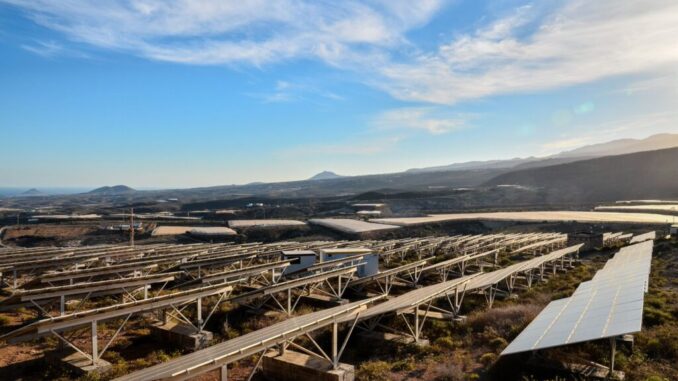
The Energy Transition Plan lays out a roadmap for Uganda to sustainably develop its energy sector, meet its climate targets, deliver universal energy access, and realise widespread economic benefits
Uganda’s Ministry of Energy and Mineral Development has issued a new plan for the country’s energy sector that sets out a robust pathway to meet economic growth and development objectives in a secure, affordable, and sustainable way.
The Energy Transition Plan, released at the COP28 climate summit in Dubai, sets out an ambitious yet feasible pathway to achieve universal energy access by the end of the decade and a peak in emissions by 2040. The analysis, carried out with the support of the International Energy Agency (IEA), shows that implementing this plan would allow Uganda to meet its Nationally Determined Contribution to the Paris Agreement in 2030 and be in a position to reach net zero emissions from its energy sector by 2065. This opens the door for Uganda to set an economy-wide climate neutrality target for around the same year.
Achieving net zero emissions by 2065 would require reaching USD 8 billion in annual clean energy investments in Uganda by the end of the decade, with almost 90% of this financing directed towards projects focused on improving energy access and expanding clean energy capacity, according to the analysis.
“This Energy Transition Plan marks a huge step forward in our efforts to ensure every person in Uganda has access to secure, affordable, and sustainable energy. The plan shows how Uganda’s major energy advantages can be leveraged responsibly to meet our Government’s broader objectives,” said Ruth Nankabirwa Ssentamu, Uganda’s Minister of Energy and Mineral Development.
The heart of the Energy Transition Plan, which builds on Uganda’s current energy policies, is expanding low-emissions electricity across the country. Uganda’s grid is already 99% powered by renewables. Under the new roadmap, electricity generation grows 14% per year – and low-emissions energy sources maintain their near-total share of the overall electricity mix amid this growth.
The Energy Transition Plan sees solar power as the leading source of low-cost generation. According to the analysis, Uganda has higher quality solar resources across the country than global leaders such as Spain. Meanwhile, hydro and geothermal resources meet more than one-quarter of generation by 2050. They are supplemented by nuclear power, with plans underway to bring the first facility in the country online in the early 2030s.
The analysis finds that the path to achieving universal energy access in Uganda by 2030 is steep but not unprecedented. To reach that goal, 800,000 households would gain an electricity connection each year between now and the end of this decade. Kenya, Rwanda, Bangladesh, and India have all achieved similar rates of progress in the past decade. To reach the country’s target of universal access to cleaner cooking by 2030, Uganda will deploy more than 1 million cleaner cooking stoves each year this decade.
Uganda is also home to domestic resources of critical minerals and hydrocarbons. Oil production is set to begin in 2025, which plays a role in meeting growing domestic oil demand. Additionally, the country is currently developing graphite and rare earths projects while exploring other potential resources of minerals needed to accelerate clean energy transitions. Deposits of critical minerals, if harnessed sustainably, could reinforce Uganda’s own energy transition and contribute to economic growth.
Strong partnerships will be key to seeing through the Energy Transition Plan, according to the analysis. There is also a much bigger role to play for the private sector, which could dramatically ramp up its share of investments in Uganda’s electricity system. Realising these investments would make Uganda’s energy sector a major source of new, quality jobs – with 220 000 additional jobs in energy by 2030.
